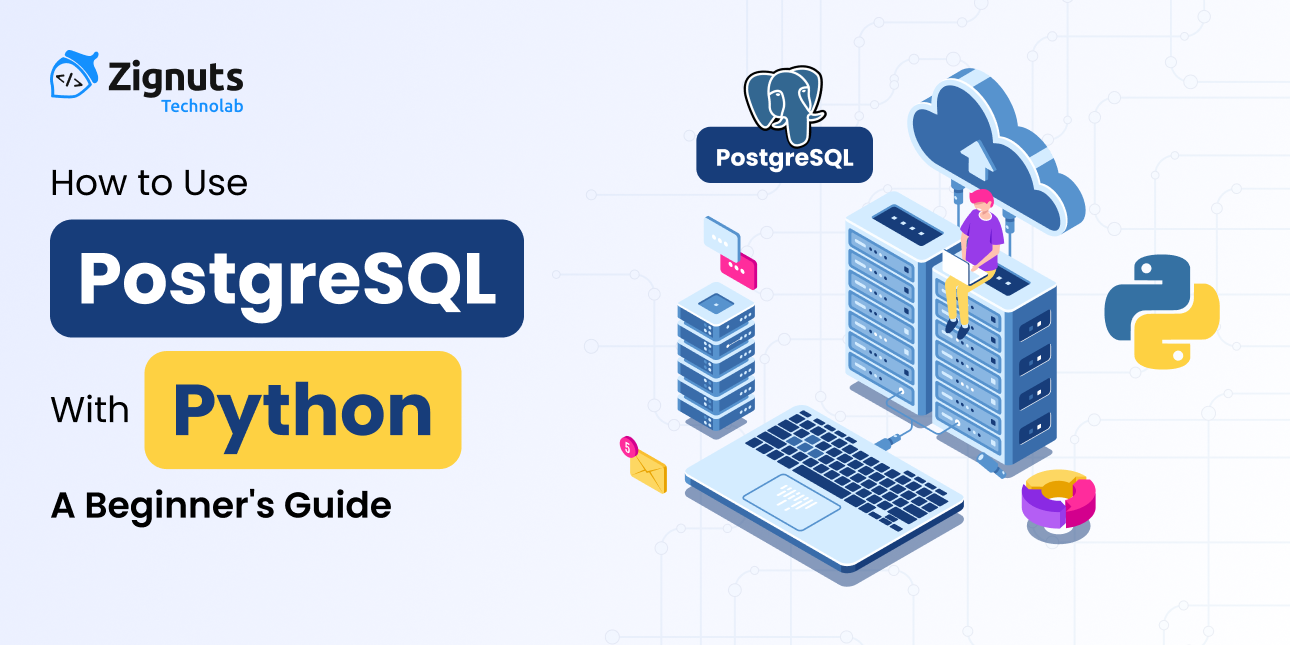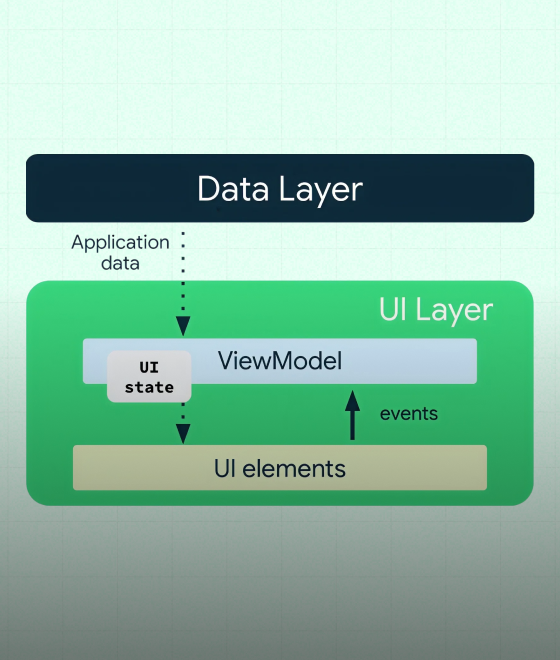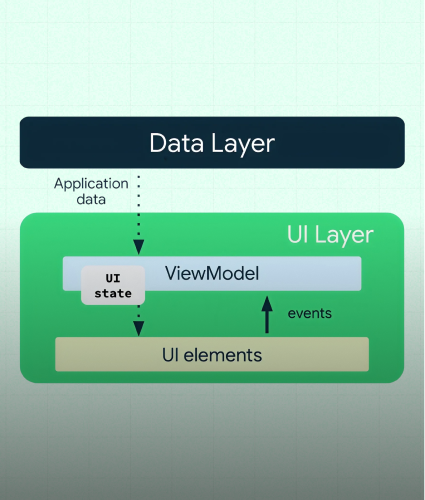When using databases in Python, PostgreSQL is a solid and effective choice. Pairing PostgreSQL with Python allows developers to create efficient data-driven applications, streamline workflows, and handle complex data tasks. At Zignuts Technolab, our development experts often leverage this combination to build powerful, scalable backend systems for clients. This guide covers essential tools and offers step-by-step instructions for using PostgreSQL with Python, including direct SQL queries, Object Relational Mapping (ORM), and asynchronous interaction.
Prerequisites for Connecting Python to MySQL
Before getting started, ensure you have the following tools installed:
Python
Make sure Python is on your system. You can check by running:
If it's not installed, download the latest version from Download Python
Postgresql
Confirm that PostgreSQL is installed on your system. You can check by running:
If it's not installed, download the latest version from Download PostgreSQL
Essential Python Libraries to Use with PostgreSQL
- psycopg2: A PostgreSQL adapter for Python. Ideal for direct, low-level interaction.
- SQLAlchemy: A Python SQL toolkit and ORM. Simplifies database access and modelling.
- asyncpg: A fast PostgreSQL client library designed for asyncio.
- SQLAlchemy asyncio support: Enables the use of asyncpg with SQLAlchemy ORM for modern async applications.
Step-by-Step Guide to Connect Python with PostgreSQL
Step 1: Install Required Libraries
Step 2: Setup PostgreSQL
Start a PostgreSQL shell session:
Add PostgreSQL to the path, then run:
Create a database and a user using the PostgreSQL shell:
Step 3: Connect to PostgreSQL
Option 1: Connect Using psycopg2
Option 2: Use SQLAlchemy (Sync) with psycopg2
Option 3: Use SQLAlchemy (Async) with asyncpg
Option 4: Use asyncpg (Raw Async PostgreSQL Access)
Real-World Use Cases of Python with PostgreSQL
- Web applications using frameworks like Django, Flask, or FastAPI
- Data engineering pipelines with PostgreSQL as the main store
- Automation systems and schedulers for business tasks
- AI and ML applications that store embeddings or training metadata
- Reporting dashboards that source data from PostgreSQL
Best Practices for Efficient Use of PostgreSQL in Python
- Use connection pooling in production (SQLAlchemy handles this internally)
- Close connections explicitly
- Avoid hardcoding credentials; use environment variables
.env file example:
connector.py:
- Add .env to .gitignore
- Consider using ORMs like SQLAlchemy for complex applications to simplify data modelling and queries.
- Use prepared statements or parameterised queries to avoid SQL injection.
- Monitor and log long-running queries.
- Index frequently queried columns.
- Use Alembic for versioned schema migrations.
Conclusion
Using PostgreSQL with Python is a popular and effective choice for backend development, data processing, and scalable services. By selecting the right library and following best practices, you can create reliable, efficient, and secure applications. Whether you are starting with basic scripts or deploying asynchronous services, PostgreSQL and Python offer the flexibility and performance necessary for modern development.




.svg)

.svg)



.svg)

.svg)


.png)




.png)
.png)
.png)



.png)
.png)
.png)



